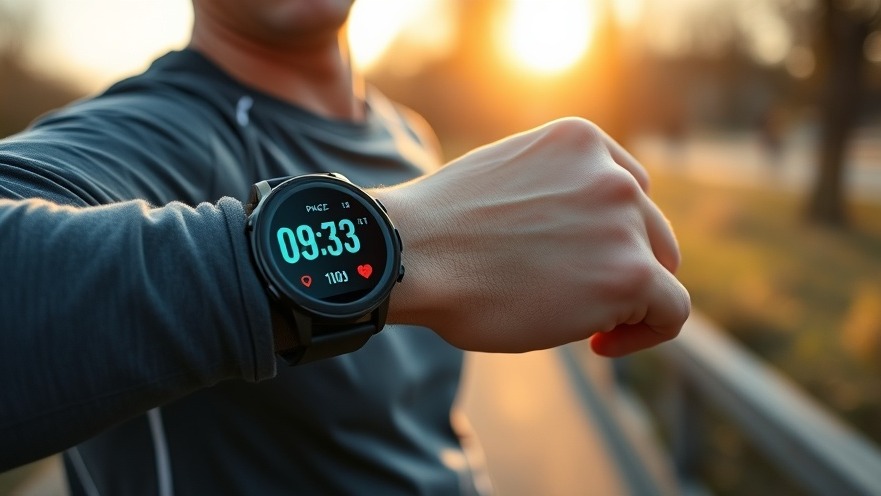
Unlocking the Affordability of Running Technology: A Game Changer
The recent price cut on the Garmin Forerunner 255 has sparked interest among fitness enthusiasts and tech-savvy consumers alike. At a significantly reduced price, this smartwatch positions itself as an excellent option for those seeking functionality without breaking the bank. The Forerunner 255 not only tracks running metrics but also provides heart rate monitoring and GPS capabilities, making it the ideal partner for both seasoned runners and beginners just starting their fitness journeys.
The Impact of Wearable Technology on Fitness
Wearable technology has undoubtedly altered the landscape of personal fitness, allowing individuals to monitor their health and performance in real time. The Forerunner 255 exemplifies this shift, enhancing users’ training with detailed analytics and insights into their performance trends. Beyond the metrics, it promotes a healthier lifestyle by encouraging consistent activity, a trend supported by research, which shows that wearables boost motivation and adherence to fitness goals.
Navigating Choices in Tech: How to Select the Right Watch
With numerous options on the market, choosing the right running watch can be overwhelming. Factors to consider include battery life, GPS accuracy, and compatibility with other devices. The Garmin Forerunner 255 stands out with its battery lasting up to two weeks in smartwatch mode and over 24 hours in GPS mode. This longevity addresses a common pain point for runners who rely on their devices for accurate tracking over long distances.
Future Predictions for Running Technology
As the demand for health and fitness tools continues to rise, we are likely to see more advancements in wearable technology. Innovations such as improved battery life, enhanced GPS capabilities, and integrated coaching features will be at the forefront. Companies like Garmin are already leading the charge, hoping to incorporate AI features that analyze patterns and suggest personalized training regimens.
Why the Price Cut Matters
This price drop on the Forerunner 255 acts not merely as a marketing strategy but as a conscious effort by Garmin to make advanced tech accessible. Affordable devices can dramatically increase participation rates in fitness activities, ensuring that more people have access to tools that support their health ambitions.
The Real Benefits of Smartwatches
Smartwatches serve as more than just fitness trackers; they enhance users’ overall lifestyles. Features such as notifications for calls or texts, music playback options, and dynamic training plans empower users to integrate technology seamlessly into their daily routines. This all-in-one approach is particularly appealing in a fast-paced world where users seek efficiency and connectivity.
In summary, the Garmin Forerunner 255 not only boasts features ideal for runners but now comes at a budget-friendly price, making it a compelling choice for anyone looking to enhance their fitness journey. Whether you’re training for marathons or seeking an everyday fitness monitor, this smartwatch exemplifies how tech can enrich personal health narratives.
Why This Matters for Fitness Retailers & Wellness Brands:
The price drop on high-quality fitness tech like the Garmin Forerunner 255 presents a strategic opportunity. Budget-friendly wearables expand your potential customer base—not just athletes, but casual users and first-timers seeking accountability in their health journey.
Business owners in fitness, wellness, or tech retail can:
Highlight value over prestige in marketing messaging
Offer bundles or starter kits for beginners
Leverage wearables’ popularity to promote training plans, group runs, or coaching services
Today’s consumer wants integration and affordability. Tech like the Forerunner 255 delivers both—and that’s your inroad to deeper brand loyalty.
 Add Row
Add Row  Add
Add 




Write A Comment